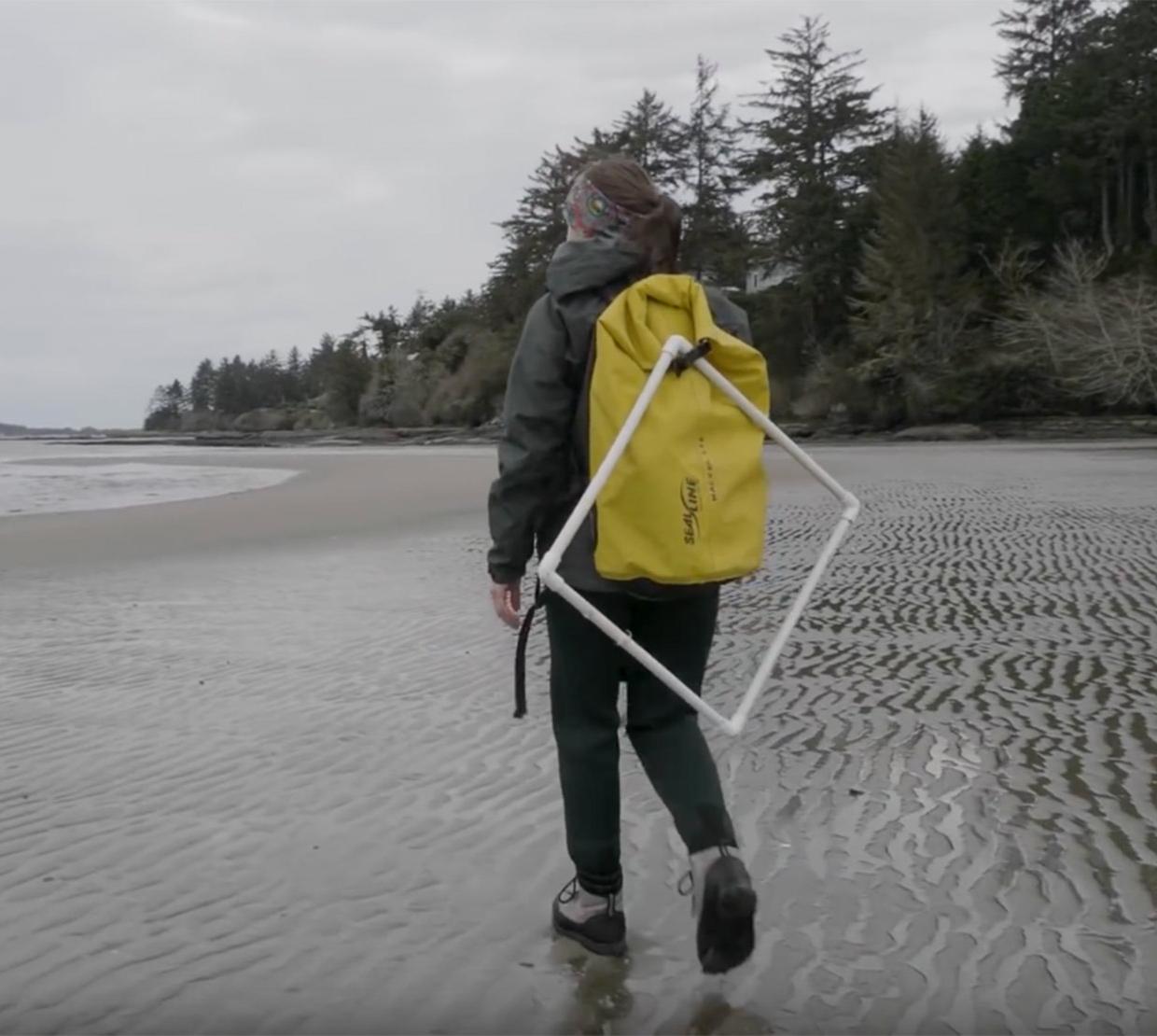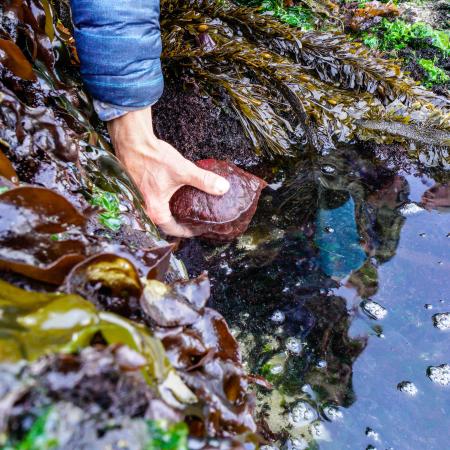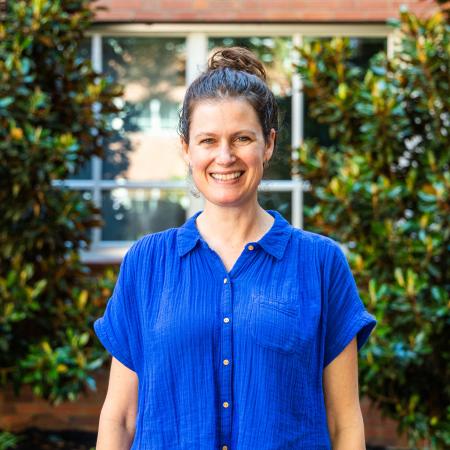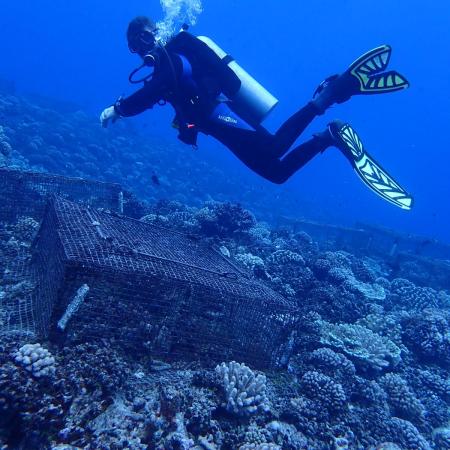For Oregon State ecologist Francis Chan, the responsibility of the scientist is not only to produce data, but to ensure that results are shared and explained in order to create positive change. Sometimes the sea of scientific knowledge remains inaccessible beyond the science community, but it is this knowledge that can potentially catalyze change.
Throughout his career, Chan, an associate professor of integrative biology, has made it his mission to share insights from science. But most recently he helped produce a powerful outreach video, funded by the National Oceanic and Atmospheric Administration, which sheds light on the frightening reality of ocean acidification and hypoxia, or low levels of dissolved oxygen in the water. This compelling video was shown to Oregon legislators at the Oregon Coastal Caucus Economic Summit., which drew nearly 700 political, business, academic and community leaders to Lincoln City for the two-day event held August 22-23, 2018. The video helped set the tone to facilitate positive change in environmental policy.
The seventh annual meeting was hosted by the Confederated Tribes of the Siletz Indians and focused on carbon reduction in our atmosphere and the education of Oregon’s students. The meeting attracted government officials across the state, including State Senate President Peter Courtney and State House of Representatives Speaker Tina Kotek. Chan had the opening slot for the panel sessions, immediately following a skype address by Oregon Senators Ron Wyden and Jeff Merkley.
Although Chan has been spearheading research in climate and ocean science for many years, educating the public on the dangers of ocean acidification has increasingly become a priority for him.
“Public outreach is important,” Chan explains, “because we as scientists don’t get to say what society should do. But, if we sit back and don’t engage, then they don’t have access to the best knowledge and we’re hamstringing their ability to make good decisions.”
Chan is co-chair of the West Coast Ocean Acidification and Hypoxia science panel, a regional organization comprising leading scientific experts across the West Coast, including British Columbia, Washington and California. In 2016, the panel released a report that led directly to the creation of an Ocean Acidification Action Plan in the state of California and resulted in several ongoing initiatives that help manage, monitor and mitigate OA and hypoxia.
“That was an example of the science that we do in Oregon and at OSU – making sure that science goes somewhere,” Chan said.
Continued action to combat ocean acidification
This is not the first time a video created by Chan was been presented to Oregon legislators. In 2016, he developed another video about the dangers of ocean acidification and hypoxia, which was funded by the Turner Foundation, Oregon Sea Grant and the College of Science. Despite the positive reception the first video received, Chan realized that to communicate effectively he needed to not only explain the problem, but also to present the best way to solve it.
An East Coast native, Chan came to Oregon State specifically because it is a focal point for ocean science research.
Here is a bit of background. Oregon’s coastal waters originate in the cold waters of the North Pacific off Japan and can take up to 60 years to reach us. Trapped beneath the ocean’s surface there are billions of microorganisms constantly generating CO2 and using up oxygen. All the while, 25-30 percent of the pollution emitted from fossil fuel combustion is being absorbed in the ocean’s surface. Over time, this deadly combination has caused as much as a 30 percent increase in ocean acidity in the waters off the Oregon coast.
Unfortunately, acidity is far from the only problem the ocean faces. The warming temperatures also cause the levels of dissolved oxygen in the water to decrease dramatically, producing a condition known as hypoxia.
“When oxygen levels get low enough, many marine organisms who are place-bound, or cannot move away rapidly enough, die of oxygen starvation,” Chan explains. This was first noticed in 2002, when fishermen complained of the dead crabs they were drawing up in their pots. Since then, this has been occurring with a frightening regularity. We can now say that Oregon has a ‘hypoxia season,’ much like the wildfire season, added Chan.
The ecologist enlisted the award-winning filmmakers at OSU’s Oregon State Productions to produce the video. He wanted to tap into the power of visual storytelling to communicate the vast range of work being done by coastal Oregonians to address ocean acidification. The video also shows how OSU researchers discovered ways to mitigate the catastrophic losses in shellfish hatcheries by regulating the times water was drawn from the ocean and created a buffer to regulate water conditions. In order to have a broader impact on the entire ocean, however, changes in carbon legislation are necessary.
Fast forward to 2018.
“At the 2018 Summit we were a little nervous because the ocean is one part of the conversation, but the state has so many different players when it comes to carbon reduction. But I thought, ‘You know what, it’s going to be OK because it will give them something really tangible to focus on.’ Even for this huge global problem, Oregonians are rolling up their sleeves and we’re doing stuff already. We’re not waiting around for more signs, or waiting until the federal government does something. We’re already out there in front, making it happen.”
As it turned out, legislators were hugely responsive to the evidence the video presented. Even after the presentation ended and the rest of the panel discussions followed, their attention never strayed far from the problem Chan had presented.
“It really hit home. Listening to the legislators, it was clear the conversation wasn’t about whether they were going to take up carbon legislation, it was about how. Because this is going to be one of the big challenges. It’s not going to be easy, but there’s a will to make this happen in our state.”




